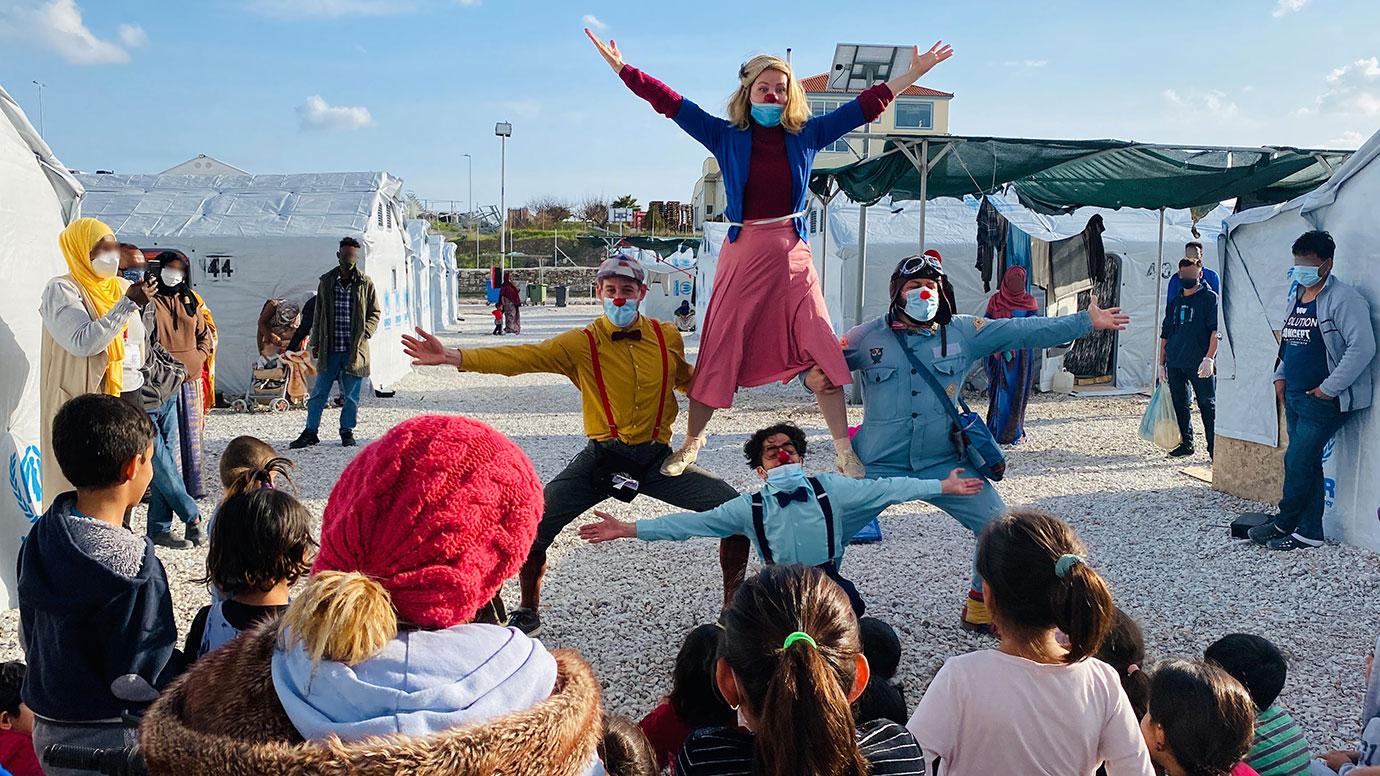The European Commission, the World Health Organisation and the project CultureForHealth have published an analysis of how art activities help improve the health and well-being of displaced people.
The connection between art and mental well-being has long been recognised. Arts activities are made of multiple components known to promote health, including
-social interaction
-sensory activation
-emotional expression
-cognitive stimulation
-physical activity
It is estimated that 84 million people were forcibly displaced in 2021 worldwide. In the first half of 2022, 17.5 million Ukrainians have been forced to leave their homes as a result of Russia’s invasion of Ukraine.
People displaced because of natural disasters, persecution, conflict, generalised violence or human rights violations invariably experience significant loss, physical hardships and other stressors that can lead to psychological distress.
A large body of evidence shows how forcibly displaced people contribute positively to society. This potential can be further enhanced by ensuring that they are in good physical and mental health.
Therefore, according to the report, it is important to support the arts, as investing in the field is an investment in the mental, physical and social health of forcibly displaced people.
Arts and health: supporting the well-being of forcibly displaced people was initiated by the CultureForHealth project.
Read the full report
here.








